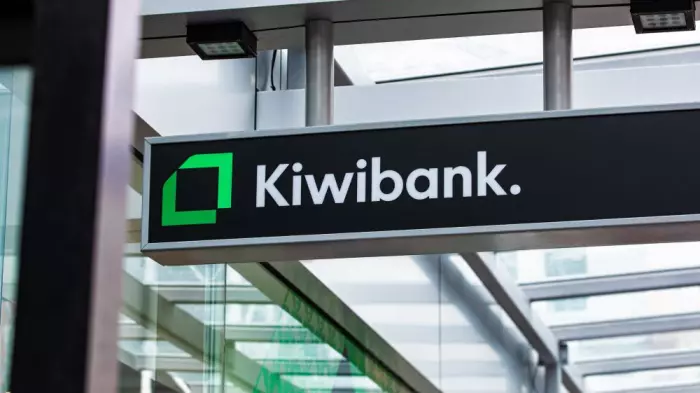Air New Zealand provides 1H 2026 trading update
MKTUPDTE
Wed, Oct 22 2025 08:30 am
In August 2025, Air New Zealand provided guidance that earnings before taxation for the first half of the 2026 financial year were expected to be similar to or less than that reported in the second half of the 2025 financial year ($34 million). The airline did not give guidance for the full year at that time.
Air New Zealand has today provided an update on expected earnings performance for the first half of the 2026 financial year. The airline had anticipated a 2% to 3% uplift in revenue across Domestic and US-bound bookings. This has not materialised to date and is not yet evident in the current forward booking profile, the impact of which is approximately $50 million for the half. The local economy remains subdued, with ongoing softness across business, government and leisure segments.
Engine lease costs for the first half are now expected to be approximately $20 million higher, due to the recognition of end-of-lease obligations on two short-term aircraft leases not previously included in the outlook. These costs are non-cash in the period and are not covered by existing compensation agreements.
Of further note, the airline’s financial obligations under the mandatory Carbon Offsetting and Reduction Scheme for International Aviation (CORSIA) have increased by around $10 million since the August outlook, which will result in increased fuel costs.
Air New Zealand continues to prioritise medium to long-term growth, and is carrying the cost of additional fleet, a full workforce, and the infrastructure necessary to support recovery as aircraft availability improves. The airline is driving further cost-saving and efficiency initiatives to mitigate these pressures, manage aviation system cost inflation and maintain balance sheet strength. These actions build on the momentum of the Kia Mau transformation programme outlined in November 2024, which remains on track to deliver both cost and revenue benefits in the 2026 financial year.
The airline also continues to advocate for affordable airport landing charges and other third-party aviation sector costs to support New Zealand’s economy, tourism industry and the long-term interests of customers.
Air New Zealand remains in active negotiations with engine manufacturers regarding appropriate levels of compensation for unserviceable engines, and accurate timeframes for engine returns. The timing and quantum of compensation remains uncertain, and today’s update does not include any material changes in expected compensation. Between 9 and 11 aircraft have remained grounded, at times, since the beginning of the 2026 financial year.
Outlook
Taking the above factors into account, Air New Zealand now expects a loss before taxation for the first half of the 2026 financial year in the range of $30 million to $55 million. This assumes an average jet fuel price of US$85 per barrel for the period. The airline cautions against extrapolating first-half guidance across the full year, noting that additional capacity growth is planned for the second half. As a result, traditional comparisons between first- and second-half performance may be less indicative of full-year trends for the 2026 financial year.
Given the ongoing uncertainties, the airline will update the market as required.
Ends.
This announcement is authorised for release on the NZX and ASX by Jennifer Page, General Counsel & Company Secretary.




